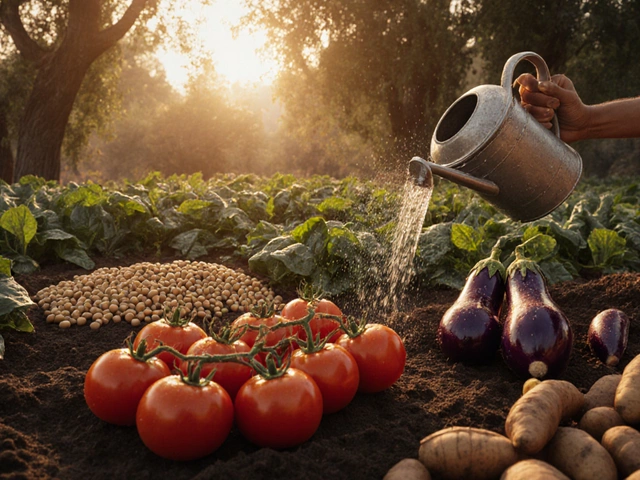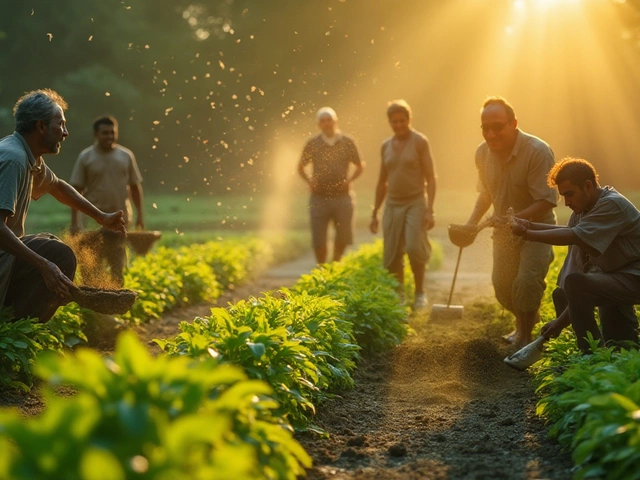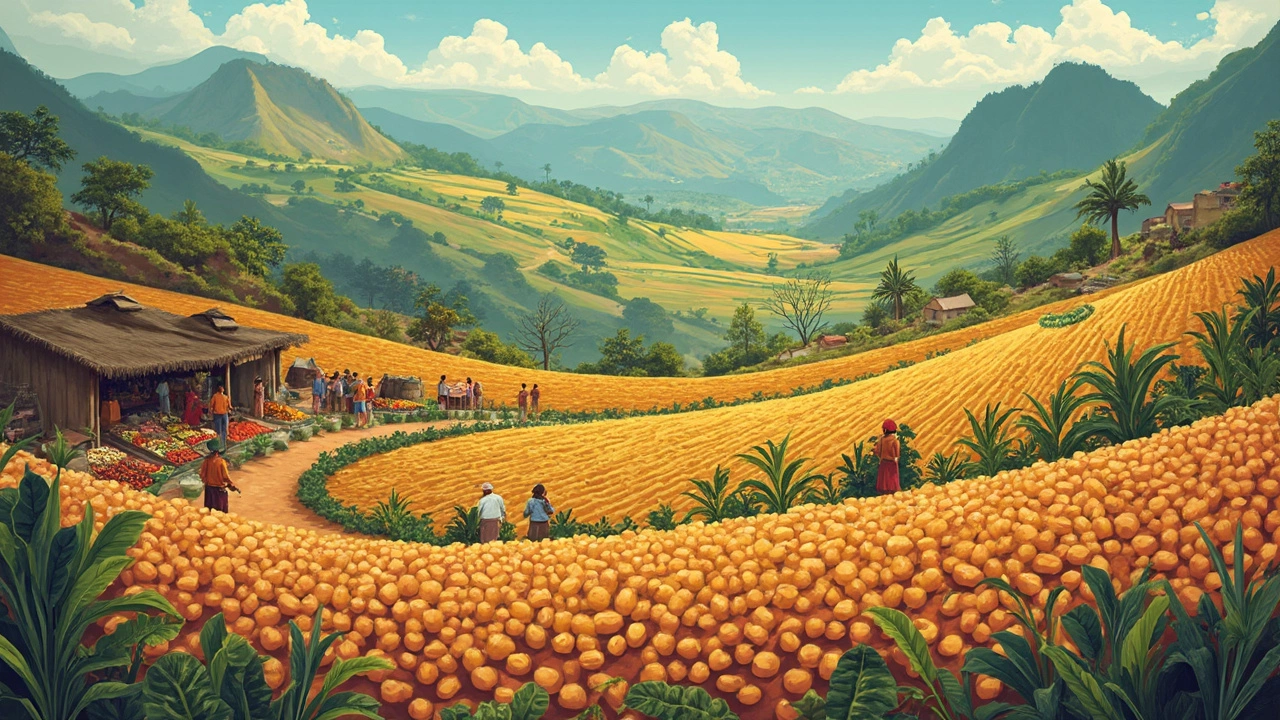Potato History: From Andean Roots to Indian Gardens
Ever wondered how a humble tuber became a kitchen staple across India? The story of the potato is a mix of adventure, trade, and clever farming. Knowing where it came from helps you grow it better, especially if you love traditional Indian varieties.
Where Potatoes Came From
Potatoes were first domesticated high up in the Andes of Peru and Bolivia, more than 7,000 years ago. Indigenous peoples chose the best roots, saved seeds, and built a whole food system around them. When the Spanish conquered the region in the 1500s, they grabbed potatoes for the ship’s hold and took them back to Europe.
Potatoes in Indian Farming History
By the early 1600s, Portuguese and Dutch traders were dropping potatoes at Indian ports like Goa and Calicut. The crop suited many Indian climates because it tolerates a range of soils and can grow in both cool hills and warm plains. British colonists later pushed potato cultivation in the north, especially in Punjab and Uttar Pradesh, because the crop gave quick, reliable food during famines.
These early introductions sparked a wave of local selection. Farmers began naming varieties after villages—like ‘Kashmir White’ and ‘Kangra Kok’. Over centuries, these landraces adapted to Indian monsoons, soils, and culinary habits. That’s why you still find potatoes used in everything from aloo paratha in the north to sambar in the south.
Historically, potatoes helped smooth food shortages. During the 1870s, a severe rice failure hit Bengal. Potato fields provided a backup grain, saving millions from starvation. The crop also gave smallholders a cash option; marketable tubers fetched better prices than many grains.
Today, India is the world’s second‑largest potato producer. Modern farms use high‑yield varieties, but many small gardens still grow the old, hardy types. Those heritage tubers often resist pests and need less fertilizer, making them perfect for organic or low‑input gardening.
If you want to tap into that history, start by picking a variety suited to your zone. In the cooler hills of Himachal, try ‘Spud‑Gold’ for its frost tolerance. In hot plains, go for ‘Kashmiri White’ – it handles heat and sandy soils well.
Plant potatoes early in the monsoon, when the soil is warm but not waterlogged. Use a simple ridge method: create a raised bed about 6‑8 inches high, lay seed potatoes 12 inches apart, and cover with soil as they grow. This mimics the traditional Indian technique and reduces disease risk.
Knowing the potato’s journey from the Andes to Indian fields gives you a roadmap for success. Embrace the old varieties, respect the crop’s resilience, and you’ll enjoy fresh, home‑grown potatoes that carry centuries of history on your plate.
Are Potatoes Native to India? Discover the Truth
Discover the historical journey of potatoes, from their origins in South America to becoming a staple in Indian cuisine and cultivation. Learn if potatoes are truly native to India and explore their role in Indian vegetable gardening. Uncover surprising facts about how potatoes made their way into Indian fields and kitchens, along with practical tips for growing them successfully in your garden.
About
Vegetable Gardening
Latest Posts


The Reigning Queen of Indian Vegetables: Brinjal Unveiled
By Alden Thorne Nov 22, 2024

Can You Use Tap Water to Mist Indoor Plants?
By Alden Thorne Nov 21, 2025

Best Fruit and Veg to Grow on a Balcony: Easy Choices for Fresh Harvests
By Alden Thorne May 1, 2025

